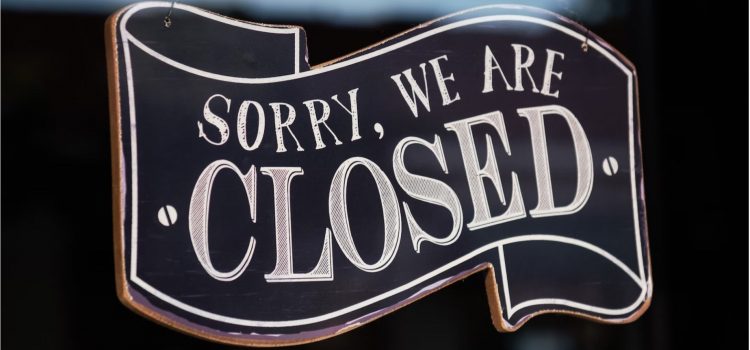

This article is an excerpt from the Shortform book guide to "How the Mighty Fall" by Jim Collins. Shortform has the world's best summaries and analyses of books you should be reading.
Like this article? Sign up for a free trial here.
Do you feel like your business is too far gone? What are the best solutions to business failure?
In How the Mighty Fall, Jim Collins contends that if a company still has a worthy goal and the potential to make a meaningful impact, it should commit to putting in the time and effort required to recover and rise. Collins emphasizes that reversing decline isn’t about looking for a miracle cure but about playing a long, steady game.
Here, we outline what Collins prescribes for a floundering company: putting the right people in place, sticking to what your company does best, and being disciplined.
1. Put the Right People in Place
The first solution to business failure is getting the right people on board with your company. But what qualities make the “right” people?
First, key people should be a good cultural fit. Collins argues that companies should only hire people whose values are already aligned with those of the company. Trying to fit people into a mold leads to decisions that don’t fit in with the company’s core purpose. In contrast, those who already believe in the company’s mission are more likely to be passionate about their role, which fuels them to keep going through difficult times.
| How Successful Companies Ensure a Good Culture Fit Collins goes deeper into the importance of culture fit in Built to Last. He writes that enduringly successful companies stand the test of time because they only hire those who are compatible with—and thus preserve—their core ideals. He says these companies have cult-like characteristics: They have a tough screening process, indoctrinate new employees by immersing them in the core ideology (through orientation seminars that highlight the company’s history, values, and traditions, for example), and even encourage employees to socialize among themselves and not with outsiders. Collins emphasizes that ensuring a good culture fit doesn’t mean a lack of diversity—color, gender, and size don’t matter as long as an employee is compatible with the company’s core philosophy. He argues that this practice isn’t meant to turn employees into unthinking robots; instead it enables the company to empower the employees to act on their own. By being sure that its employees are aligned with the company’s core philosophy, the company can trust the employees to work autonomously. |
Second, Collins writes that key people should be responsible. They should know what their role is, be committed to doing it to the best of their ability with minimal supervision, and take accountability when things go wrong. (Shortform note: How can you tell if a candidate for a key role is responsible and accountable? In Rework, Jason Fried and David Heinemeier Hansson write that you should look for someone who’s managed their own projects or run their own companies. This is a good sign that they’re proactive and don’t need someone to hold their hand.)
2. Stick to What You Do Best
As we discussed earlier, one of the key drivers of decline is when a company ignores its flywheel—the core business that made the company successful in the first place. Collins says that you should keep pushing that flywheel as long as you’re passionate about it and it can still serve its purpose. This doesn’t mean that you shouldn’t innovate—just that any innovation should remain within the area you’re already good at.
(Shortform note: The key driver of the flywheel is what Collins calls your “Hedgehog Concept,” a major idea in his book Good to Great. He describes the Hedgehog Concept as a deep understanding of where you can play, win, and make a profit. It’s best to decide on this with a council of five to 12 members from different job levels who understand the company’s mission and can engage in a respectful, regular exchange of ideas.)
3. Be Disciplined
Collins stresses the importance of adhering to time-tested management principles as soon as you realize your company is in a state of decline. He recommends reviewing the work of experts like Peter F. Drucker and Michael Porter to brush up on the foundations of management.
One proven management principle that Collins emphasizes is calmly and rationally evaluating business decisions. He writes that you should carefully weigh risks and only bet on something if it isn’t big enough to sink the company if things don’t work out. This means not going all-in on an idea that may turn things around quickly while exposing the company to catastrophic risks.
Collins says that strong companies should be disciplined as well. This means staying the course and keeping an eye out for the warning signs of deterioration: The earlier you recognize that the company is in trouble, the sooner you can get back on course.

———End of Preview———
Like what you just read? Read the rest of the world's best book summary and analysis of Jim Collins's "How the Mighty Fall" at Shortform.
Here's what you'll find in our full How the Mighty Fall summary:
- How formidable companies can lose their footing and fall
- The five phases that lead to a company's downfall
- How to rechart your course if you're facing the threat of failure






